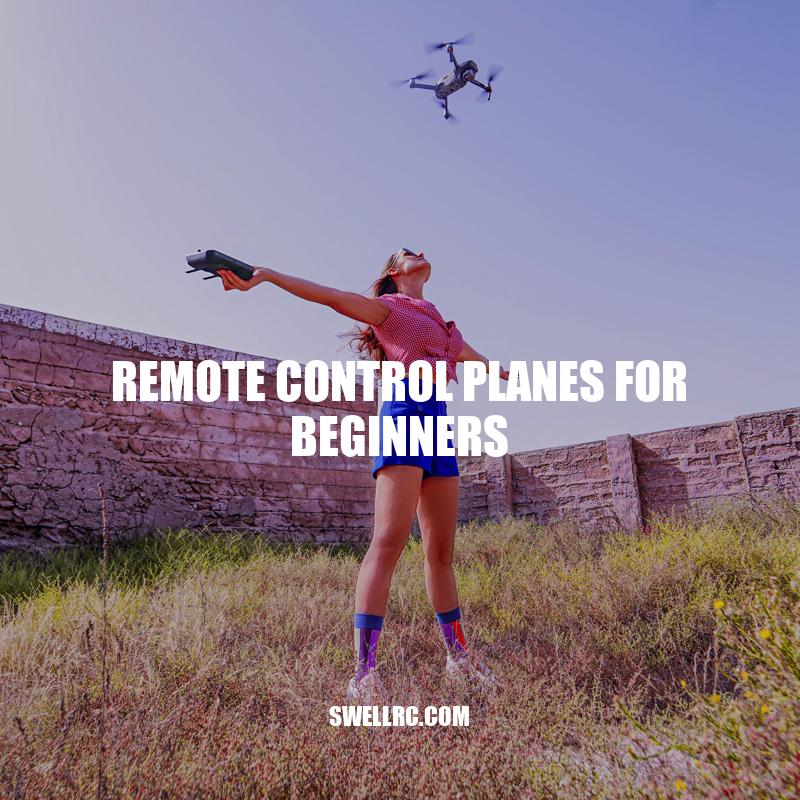Beginner’s Guide: Soaring High with Remote Control Planes
Welcome to the world of remote control planes, where truly the sky’s the limit! First, let’s just be clear about one thing – this isn’t about impressing your neighbors or trying to outdo your cousin’s drone piloting skills. This is about you, stepping outside, holding your smooth little apparatus, and feeling like you’re holding the wind right there in your hands. In this journey, you’ll consolidate a blend of excitement, nuances of technology, and the joy of a childhood dream coming alive as you venture into this fascinating hobby. This guide will serve as a friendly beacon, making your ascent into remote control planes smooth and enjoyable. So buckle up, and get ready to take flight!
Beginner-friendly RC planes: Discovering the elements of flight.
Before your spirit takes off, your plane has to! The elements of a remote control plane – the wings, the propellers, and the engines – all sweat together to make your flight possible. So let’s start from scratch.
- Wings: They carry the primary load during flight. The unique feature of these is the airfoil, a design that ensures lower pressure on the upper surface, making the plane lift in the air.
- Propellers: They’re your plane’s heart, circulating necessary life against gravity. Propellers translate electric or fuel energy into kinetic energy, making your plane move forward.
- Engines: These are the muscles of your plane, providing the necessary thrust to the propellers. They can be electric or fuel-based, depending on your plane’s make and model.
Did you know that the airfoil design was first discovered by observing bird flights? Human inventions truly take a page out of nature’s book! And while we’re talking about models, a beginning-friendly website to explore is Horizon Hobby. This site offers a myriad of beginner planes you can choose from, with detailed specifications to guide your decision. Dive right in and go through the options available at your disposal. But remember, the best-suited plane for you always depends on your comfort and understanding of its operation. With this knowledge in hand, you’re one step closer to becoming an RC pilot!
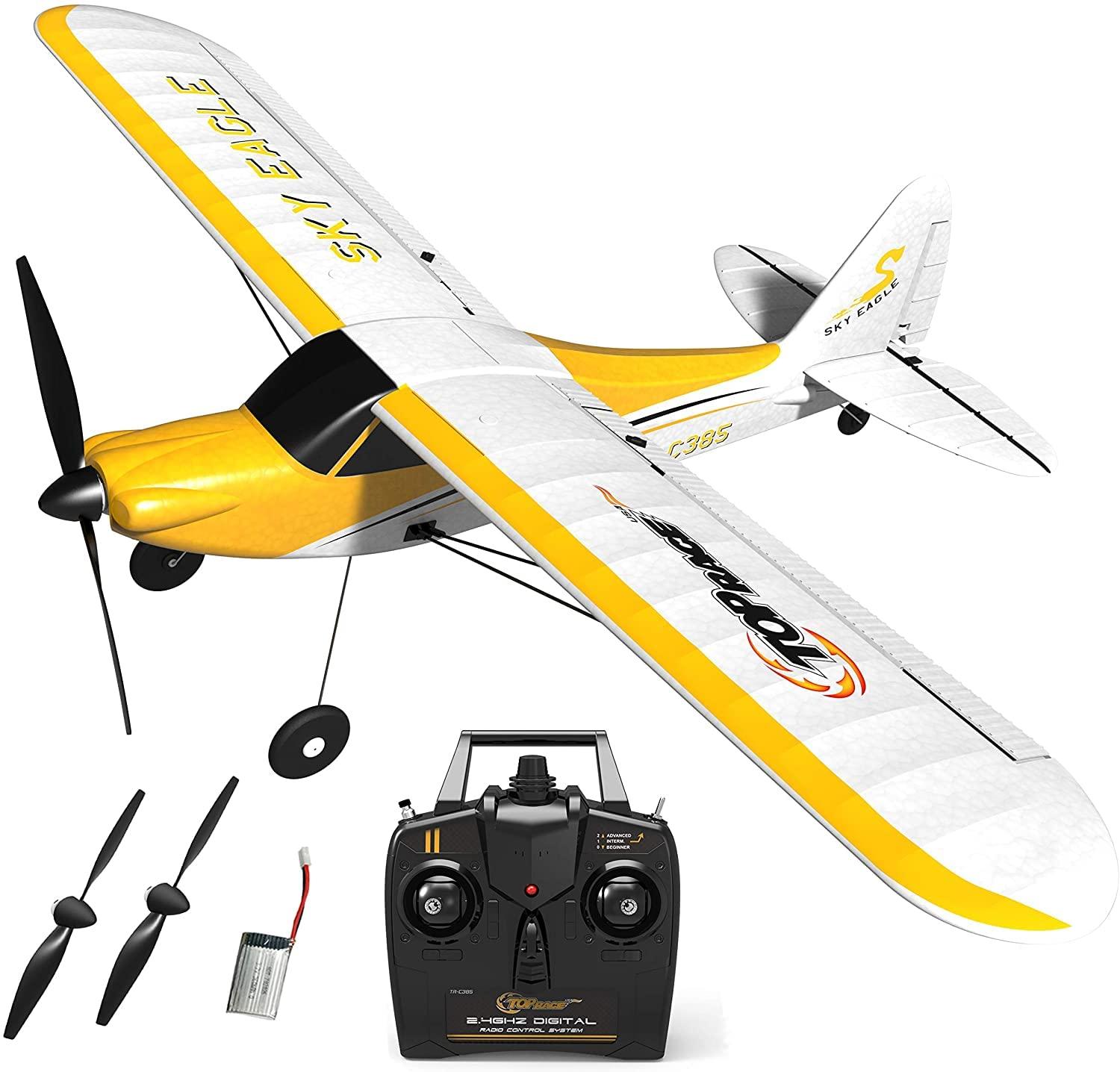
What is the airfoil design and how does it contribute to a remote control plane’s ability to fly?
The airfoil design refers to the shape of an aircraft’s wings in cross-section. This shape is critically important because it directly impacts how air passes over and under the wings, which in turn affects lift, drag, and stability; three crucial elements in flight. For a remote control plane, the airfoil design often mimics those used in real aircraft. It allows the remote control plane to generate lift by creating a higher air pressure below the wing and a lower pressure above it. This pressure difference results in the upward force that enables the plane to fly. A well-designed airfoil also helps minimize drag, allowing the RC plane to maintain speed and stay airborne with less energy, and can contribute to the overall stability of the plane, making it easier to control.
Highly Recommended Planes
Your first partner in the sky should not be ‘as stubborn as a mule’ but ‘as forgiving as a mother’s love’. Entering a completely new terrain, it’s natural to make mistakes. Here is your checklist on the essential traits that your first remote control plane should have.
- High Wing Design: With the wing located above the fuselage, this design provides natural stability during flight.
- Slow Speed: High-speed flight can be overwhelming for beginners. Choose a remote control plane that offers slower speeds allowing you ample time to grasp the fundamentals.
- Durable Material: Opt for a plane crafted from durable materials, like foam. Considering that crashes and hard landings are unavoidable for a beginner, this would be a wise choice.
Did you know that slow, foggy mornings are the perfect setting for learning to fly your remote plane? With less wind, you gain superior control over your flight. Bearing this in mind, you might want to explore some of the perfect beginner-friendly remote control planes available at HobbyZone. These models not only fulfill all the above criteria but are specifically designed for ease of use and endurance. Remember, even the journey of a thousand miles begins with a single step. Onwards and upwards, dear beginner!
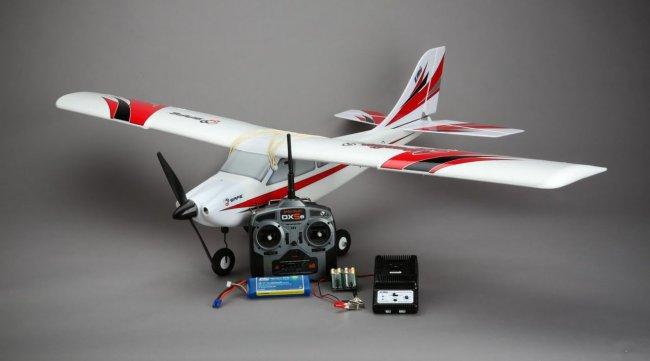
What beginner-friendly remote control planes are available at HobbyZone?
HobbyZone provides several beginner-friendly remote control planes. These include the HobbyZone Carbon Cub S 2, which offers advanced features that make flying easy and fun. The Duet RTF by HobbyZone is another excellent choice for beginners with its compact size and ease of control. Another option is the HobbyZone Sport Cub S which comes with a SAFE system that provides stability and ease in flying to novice pilots. Lastly, the HobbyZone Champ RTF is highly recommended for beginners due to its durable construction and ease of use.
Essential Know-Hows for First-Time Pilots
Learning the basics of flying a remote control plane mimics the favorite metaphor ‘taking baby steps’. At the onset, it’s not about competing in nerve-wracking races or performing complex aerobatics, it’s about understanding the controls and keeping the plane airborne. The following are essential know-hows for first-time pilots:
- Master the Controls: Understand what each stick and button on your remote does. Practise with a flight simulator if possible.
- Take-offs: The thrill of take-off is unmatched. Make sure your plane has enough runway and the wind is coming from directly in front of your plane.
- Landings: This requires finesse. The aim is to get your plane down safely and in one piece.
Remember, practise makes perfect. Interestingly, according to a Study by SPLASH Lab, virtual simulators can significantly boost real-world flying skills. They offer an array of RC plane simulators that can help you go from zero to hero. Remember, patience is the key, and soon you’ll be navigating the skies as effortlessly as a bird in flight.
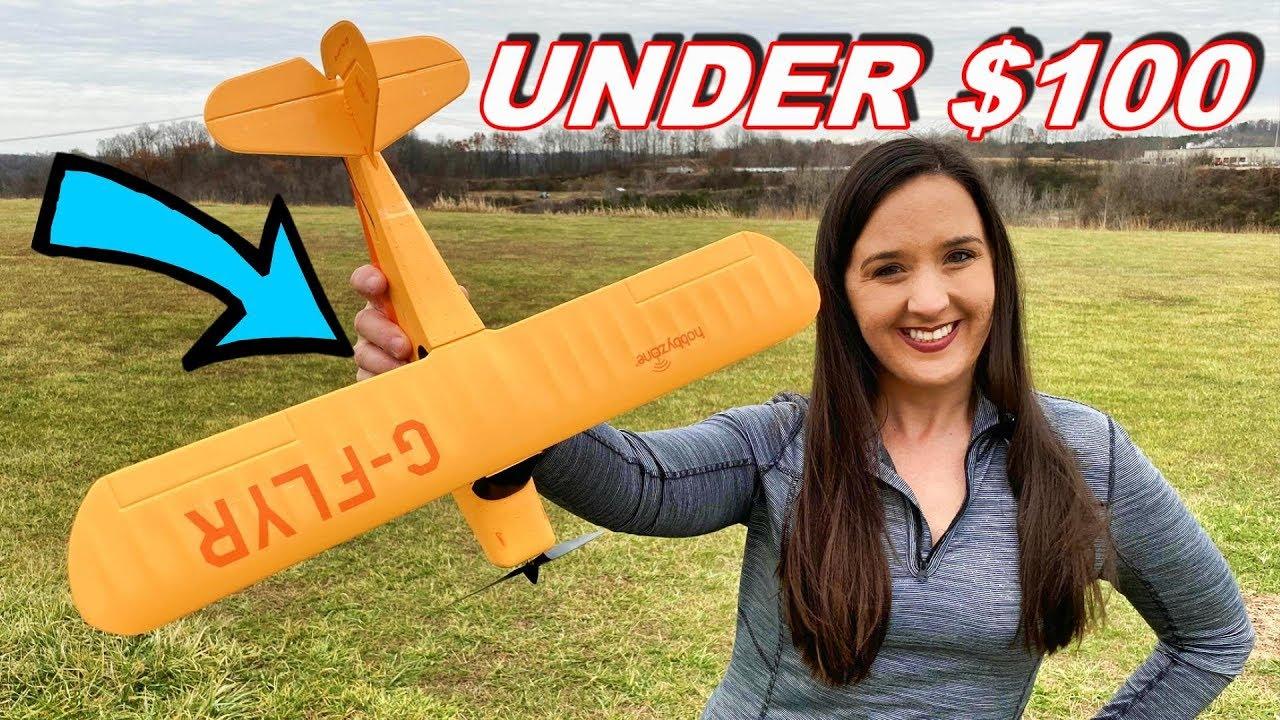
What are some essential know-hows for first-time pilots of remote control planes?
First-time pilots of remote control planes should know how to assemble and repair these devices by understanding their basic components, such as the servos, motor, and wings. They should also understand the controls, specifically how to maneuver the plane in various directions. This includes learning about throttle management (to control the altitude), yaw (to turn left or right), pitch (to move up or down), and roll (for side to side tilt). Pilots should also learn about the frequency spectrum, and how to manage interference for smooth operation. It’s essential to know safety precautions to avoid accidents, such as keeping the plane in sight, staying away from people or obstructions, and flying in suitable weather conditions. Additionally, pilots should practice take-offs, landings, and emergency maneuvers, perhaps attending flight school or using a simulator for initial practical knowledge. Lastly, understanding battery maintenance and knowing when to recharge batteries is crucial to ensure the plane’s prolonged lifespan and prevent it from crashing unexpectedly.
Finding the perfect beginner remote control plane: Important features to consider
When it comes to choosing your first remote control plane, the ‘goldilocks approach‘ works best. Just like Goldilocks in the classic story, your plane shouldn’t be too simplistic, leaving you bored, nor too complex, leaving you overwhelmed. Here are some features to consider as per your own capacity and interest:
- Stability: Look for planes with built-in stability features like SAFE technology or AS3X. They can help keep the plane steady despite some wind gusts or beginner mistakes.
- Durability: Planes made of foam, such as EPO or EPP, can withstand some crash damage. You might also want to look at planes with parts that are easy to replace in case of accidents.
- Flight Time: Avoid frustration by choosing planes with longer flight times or swappable batteries. Anything over 10 minutes is generally considered reasonable.
Interesting to note, some of the most recommended beginner planes are the Sport Cub S and the HobbyZone Champ, thanks to their integrated stability systems and robust design. Take your time browsing options, reading reviews and you’ll find the plane that’s ‘just right’ for your foray into this exciting hobby.
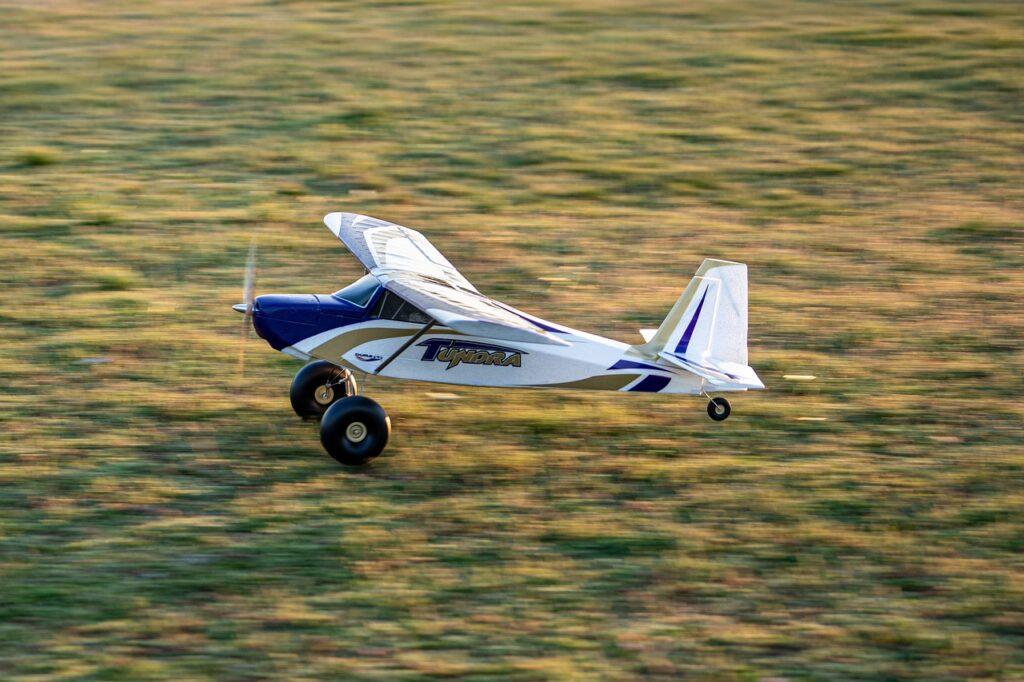
What are some recommended beginner remote control planes with stability systems and durable design?
1. HobbyZone Sport Cub S RC Airplane: It is beginner-friendly, equipped with SAFE technology for stable flights, and is molded with highly durable, lightweight foam.
2. Sport Cub S RTF with SAFE: This plane also has the SAFE technology and is great for beginners due to its compact size and easy control.
3. E-flite Apprentice S 15e: This is ideal for beginners with its SAFE technology, sturdy Z-Foam construction and powerful brushless electric motor.
4. GoolRC F949 3Ch RC Airplane: This remote control plane is designed after the Cessna 182, offering durability with EPP composite material and excellent stability with three coreless motors.
5.Decathlon Ready-to-Fly RC plane: Suitable for beginners, this plane combines durability with a high-strength, lightweight body and an advanced gyroscope for stable flight.
Regular Maintenance Tips for RC Planes
Properly caring for your remote control plane is as crucial as learning how to operate it. Emulating the idiom ‘a stitch in time saves nine’, regular maintenance not only shields your plane from potential damage but significantly extends its lifespan. Here are some essential tips for novices while caring for their RC planes:
- Clean regularly: Gently dusting your plane with a microfiber cloth or using air dusters for tiny crevices can help keep your aircraft free of potentially dangerous debris. Always bear in mind, high-speed airflow can potentially thrust minute particles into damaging positions.
- Inspect before each flight: Always look out for any visible signs of damage such as cracks or loose screws. Pay particular attention to the propellers, arguably the most vulnerable part of the plane.
- Store properly: When not in flight, lodge your RC plane in a dry, cool place. Extremes of temperature can adversely affect batteries and electronics, while sunlight can subtly warp plastic parts.
- Follow the manufacturer’s maintenance guide: Precisely nobody comprehends the internal workings of the plane better than the manufacturer’s technicians. Adhering to their instructions can hold you aloof from making common errors.
Interestingly, there are specialized websites chock full of expert advice on repairs and upgrades, and effective solutions to familiar problems that you, as a remote control plane beginner, might encounter. It is worth dedicating time to these forums to stay versed about various maintenance practices and advice. The time you invest into caring for your plane can mean the difference between a successful, enjoyable flight and a disappointing crash.
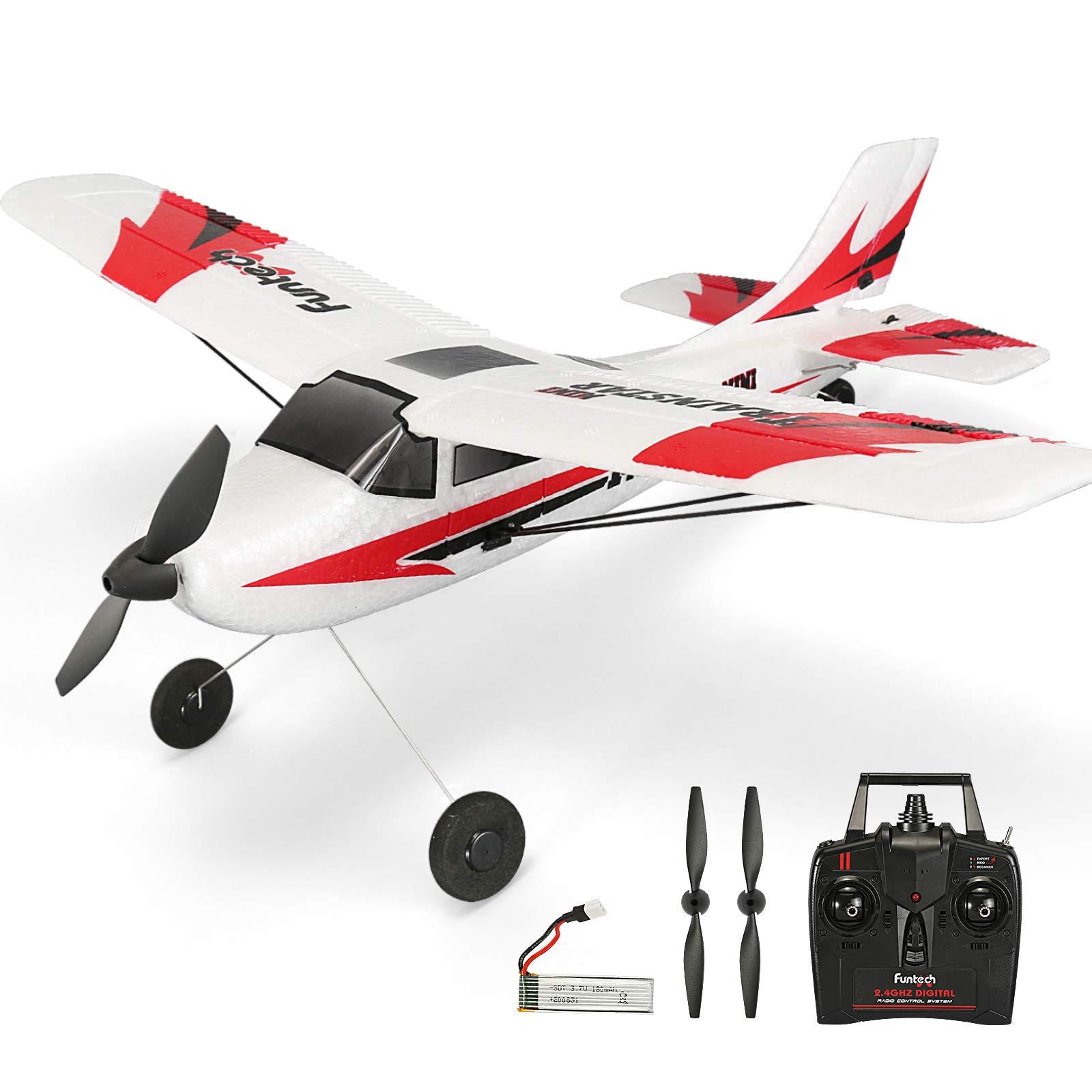
What are some specialized websites that beginners can use to learn about remote control plane maintenance?
Some of the specialized websites that beginners can use to learn about remote control plane maintenance are RCGroups.com, FliteTest.com, ModelAirplaneNews.com, and RCUniverse.com. These websites offer forums, tutorials, guides, and articles that are incredibly useful for beginners who are just starting out with RC plane maintenance. Another website is HobbySquawk.com which has a section dedicated to RC aircraft maintenance, repair, and customization. Lastly, YouTube, while not specialized, offers a plethora of instructional videos and online tutorials that can be very helpful for beginners.
Now that you have been equipped with crucial knowledge about remote control planes, it’s your time to embark on the thrilling journey of piloting. With consistent practice, enriched knowledge, and sincere dedication, you will soon be ‘soaring high’ in the expansive blue yonder. Keep learning, remain patient with your progress, and never lose the spark of enthusiasm. And remember, even professional pilots started as beginners. So hold your controller high, take a deep breath, and unleash into the magnificent world of flying. Happy navigating!

